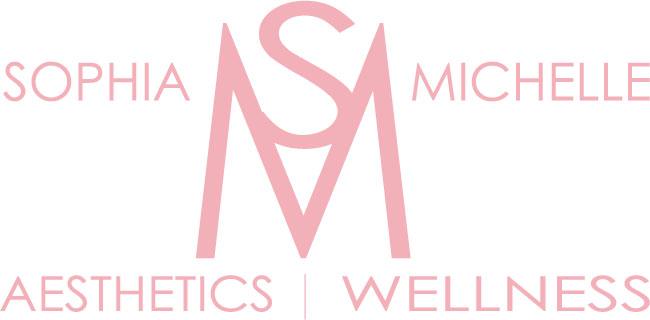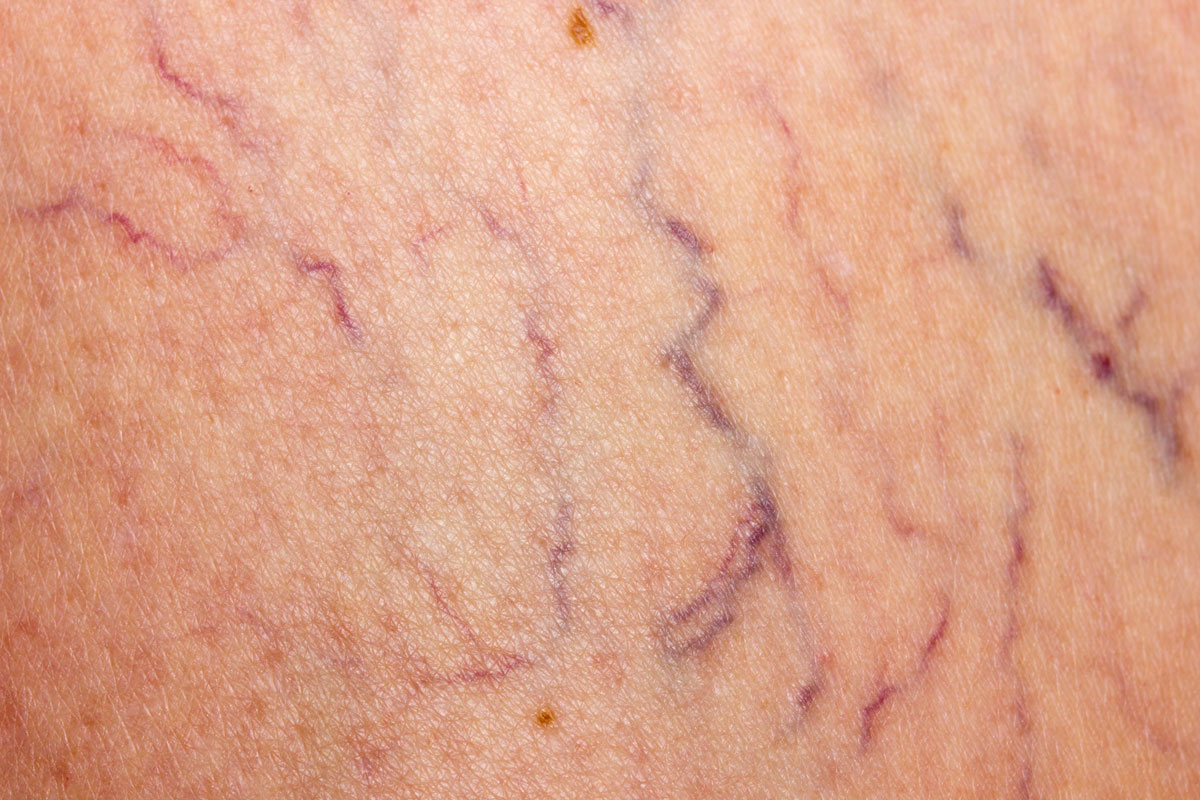
Sclerotherapy for Spider Veins
Sclerotherapy is a therapy that uses a medicated solution injected into the affected vein for the purpose of permanently closing the vein, therefore causing it to disappear.
The solution, called a sclerosant, produces inflammation inside the spider vein that causes the vein to clot and eventually close. The clot does not travel or enter the bloodstream, therefore it does not create a blockage in your major circulatory veins.
Sclerotherapy Treatment Session:
Prior to your treatment, an antiseptic will be applied to your legs. You will be lying down comfortably, and may be asked to turn onto either side or lie on your stomach to make it easier for the provider to reach each vein. Many of our patients bring headphones, and listen to music during their sessions to assist with relaxation. A small needle will be inserted into each spider vein, injecting the sclerosant and allowing an irritation of the vein wall to develop. The majority of the time, one injection can treat several visible veins due to their connected system, similar to a road map. Once your treatment is complete, you can return home and get back to your usual activities. We do ask each patient to purchase compression stockings, as these will be used during the week after treatment to assist in keeping the undesired veins permanently closed.
Our sclerotherapy sessions are typically longer than most vein centers, because we believe the extended time allows for better outcomes. Treatment sessions are usually 50 minutes in length, or 30 minutes for smaller touch-up sessions.
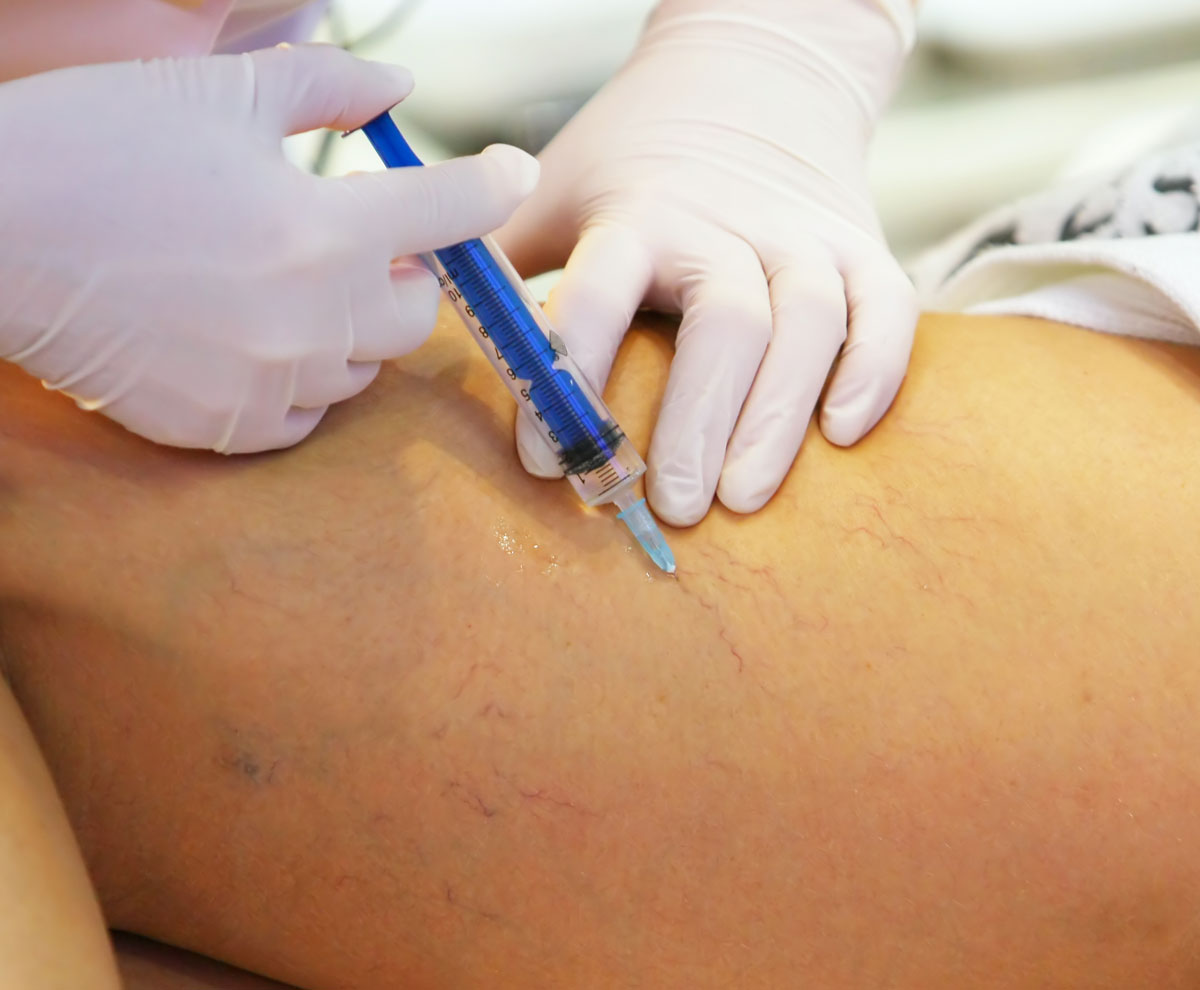
Cryo-Sclerotherapy
Sophia Michelle Aesthetics ensures that every patient has little-to-no discomfort during his or her sclerotherapy sessions. The combination of the anesthetic effect of cold air from our cryo-unit placed directly at the site of the injection provides a virtually painless and superior therapy experience.
How many sessions will I need?
Most spider veins will fade within two to three weeks of successful treatment, and most veins are completely eliminated by four to six weeks. Larger veins or ones near the ankle region can take considerably longer to resolve; sometimes two to three months. Some spider veins can be difficult to close due to the venous pressure behind the vein, size, and location. The following is a good guideline to help you predict the number of treatments you would need to reach a 90 percent reduction in your spider veins:
- Few (Less than 20 per leg), 2-4 Sessions
- Moderate (20-40 per leg) 5-6 Sessions
- Numerous (More than 40 per leg) 7-9 Sessions
BEFORE & AFTERS
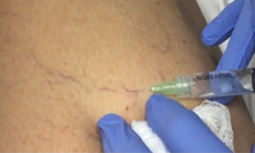
Before

After
Patient 1
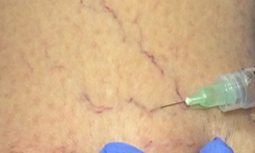
Before
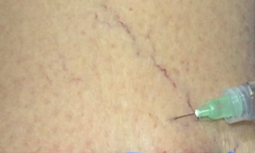
After
Patient 2
Sophia Michelle Aesthetic Success
Sclerotherapy with an expert vascular provider can help ensure that every patient will have a successful treatment. Signs and symptoms of advanced venous conditions that can inhibit the success of your sclerotherapy can be identified prior to your appointment, as we evaluate you thoroughly before making recommendations for treatment. If our expert providers suspect the presence of high pressure within the visible spider veins, then we will recommend undergoing a venous ultrasound to evaluate for incompetent regional veins. This means that a larger vein that isn’t working properly could be sending higher levels of blood flow to the visible veins, causing spider veins to develop or inhibit the vein from closing. We do not begin treatment until the ultrasound has been completed, and if treatment success rates are sub-optimal, we will recommend additional evaluations to look for “feeder veins.”
Sclerotherapy Medication Selection
Sclerotherapy has been conducted for years using hypertonic saline solutions, however, research has shown that these solutions have a higher rate of resulting in skin ulcerations and pain during injections. The medications selected by Sophia Michelle Aesthetics are proven to be safe and cause minimal to no discomfort. Many of the sclerosing agents we use today have been used for several years, and the medications have remained the gold standard for therapy. These include glycerine, polidocanol, and sodium tetradecyl. Each has a low potential for an allergic reaction, remain gentle to the skin, and are non-toxic in the concentrations and dosages used.
Sclerotherapy using Foam (Foam Chemical Ablation)
Polidocanol or sodium tetradecyl can be easily transformed into a microfoam and injected into larger spider veins or small varicose veins. The foam allows the medication to remain inside the vein slightly longer, creating the opportunity to interact for a longer time with the vessel wall and develop a stronger clot. PA Sophia Michelle often explains it to her clients like this: imagine an IV line filled with bubbles – the liquid will not flow as quickly. The same occurs in your vein when injected with foam medication. Liquid tends to be washed out of veins at a faster rate, and is best used for small veins.
The purposeful sclerotherapy effect is generally limited to the vein in the treated vein and immediate vicinity. Some foam can escape into other veins, including the deep veins of the leg and to the central circulation of the body (such as the lungs and heart). The foam rapidly becomes diluted and ineffective in the larger veins, resulting in no clotting other than around the treated area.
The Controversy of Sclerotherapy versus Laser Therapy
Laser therapy in the lower legs creates the potential for unwanted hyperpigmentation at a higher rate than sclerotherapy. Most vascular surgery practices and top aesthetic vein practices understand these risks, and reserve laser therapy exclusively for treating the face, unless the veins within the leg are too small for sclerotherapy. In this case, a lower setting will be used for optimal vein treatment. New advancements are being developed every year – in the future, it is possible that a safe, and effective non-injection therapy will be developed for the legs.
